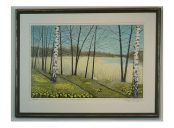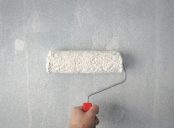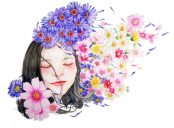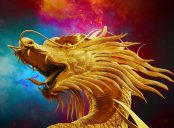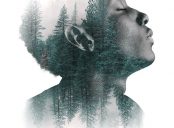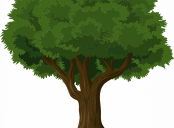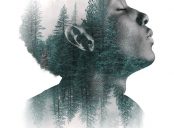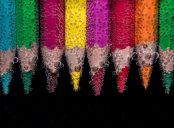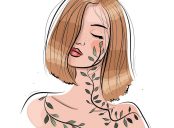Fashion Illustration: A Comprehensive Guide
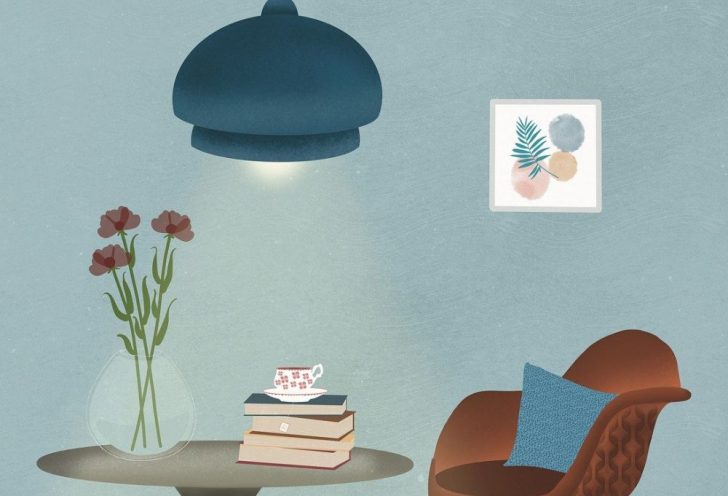
Introduction
Fashion illustration is an integral part of the fashion industry, serving as a visual representation of design ideas and concepts. It is a form of art that combines fashion and artistic skills, creating images that communicate the essence of fashion. In this article, we will explore the world of fashion illustration, discussing its types, popularity, quantitative measurements, differences, and historical advantages and disadvantages.
1. Understanding Fashion Illustration

Fashion illustration is the process of visually interpreting fashion ideas through various artistic techniques. It involves creating illustrations that showcase clothing, accessories, and fashion concepts. These illustrations are often used by designers, brands, and publications to communicate their vision and inspire creativity. This form of art requires a deep understanding of fashion, anatomy, and artistic techniques such as sketching, coloring, and rendering.
2. Types of Fashion Illustration
There are various types of fashion illustrations, each with its distinct style and purpose. Some popular types include:
a. Croquis: Croquis are quick, sketchy drawings that capture the basic form and pose of a fashion figure. They serve as a foundation for creating detailed fashion illustrations.
b. Technical Illustrations: Technical illustrations focus on showcasing intricate details, construction techniques, and measurements of garments. These illustrations are often used in fashion production and manufacturing.
c. Editorial Illustrations: Editorial illustrations are used in magazines, blogs, and other publications to illustrate fashion stories and articles. They are often more expressive and artistic, conveying a specific mood or theme.
d. Digital Illustrations: With advancements in technology, digital illustrations have become increasingly popular. These illustrations are created using software and allow for easy editing, manipulation, and sharing.
3. Quantitative Measurements in Fashion Illustration
Quantitative measurements play a crucial role in fashion illustration, allowing for accurate representation of proportions and designs. Measurements such as body measurements, garment measurements, and proportions help create realistic and well-fitting illustrations. Technological advancements have further improved the accuracy of measurements through 3D modeling and scanning techniques.
4. Differences in Fashion Illustration Styles
Fashion illustration styles vary greatly, reflecting the individual artistic visions of different illustrators. Some key differences include:
a. Realistic vs. Abstract: Some illustrators prefer a realistic approach, aiming to capture the intricacies of fashion and human figures. Others take a more abstract approach, focusing on exaggerated proportions or unique artistic interpretations.
b. Traditional vs. Experimental: Traditional fashion illustration often includes hand-drawn sketches, watercolor or ink techniques. On the other hand, experimental styles utilize unconventional materials, digital tools, and mixed media to create unique and innovative illustrations.
c. Commercial vs. Avant-garde: Commercial illustrators focus on creating illustrations that align with popular trends and market demands. Avant-garde illustrators, however, push boundaries and challenge traditional fashion norms, creating illustrations that are bold, expressive, and thought-provoking.
5. Historical Advantages and Disadvantages
Fashion illustration has evolved significantly over time, bringing about advantages and disadvantages throughout its history. Advantages include:
a. Inspiration and Creativity: Fashion illustration has always been a tool for inspiration, providing designers, brands, and individuals with a visual representation of ideas and concepts.
b. Timelessness: Illustrations have a timeless quality, allowing them to transcend trends and remain relevant for years to come.
c. Accessibility: Fashion illustration has become more accessible with technological advancements, allowing aspiring illustrators to showcase their talent and connect with larger audiences.
Disadvantages of fashion illustration include:
a. Lack of Diversity: Historically, fashion illustrations often depicted idealized or unrealistic body types, contributing to the perpetuation of unattainable beauty standards.
b. Limited Representation: Fashion illustrations have been criticized for their limited representation of diverse cultures, identities, and lifestyles.
Conclusion
Fashion illustration is a dynamic and diverse art form that plays a vital role in the fashion industry. From capturing designs to inspiring creativity, it serves as a powerful tool for visual communication. Understanding its diverse types, differences, and historical context allows us to appreciate the artistry and impact of fashion illustration. Embracing its advantages while addressing its challenges can help create a more inclusive and representative future for this remarkable art form.
